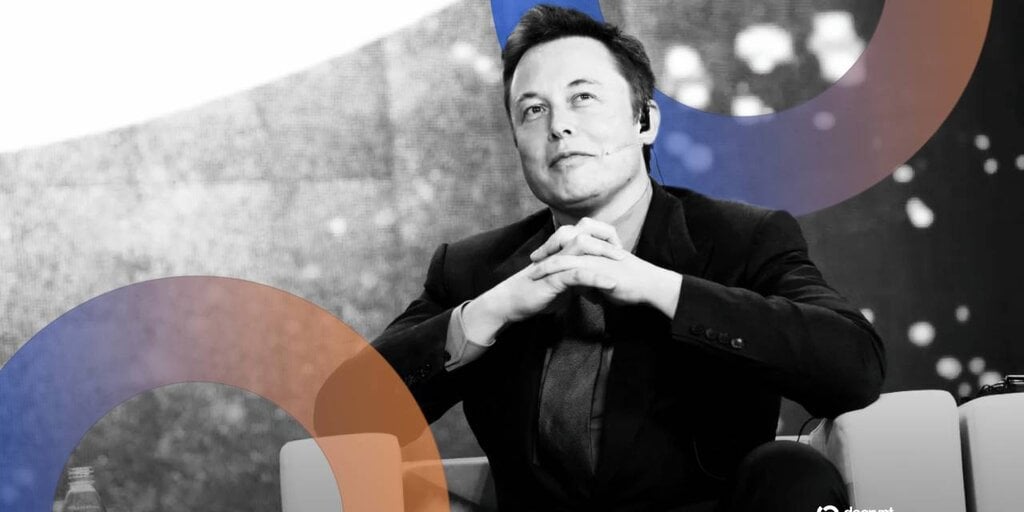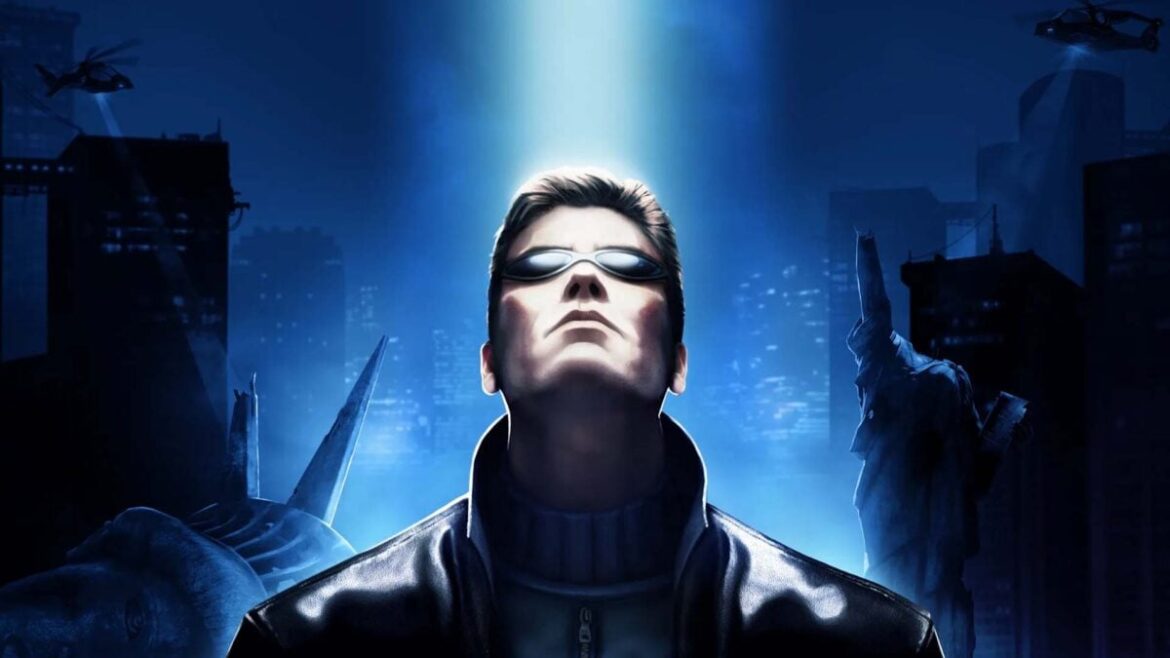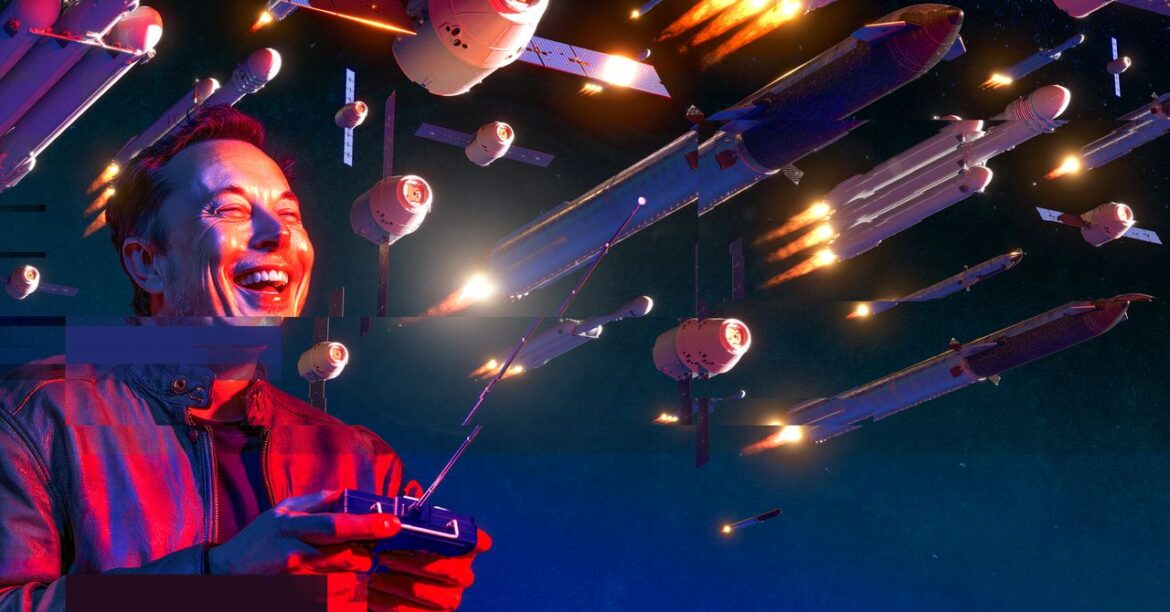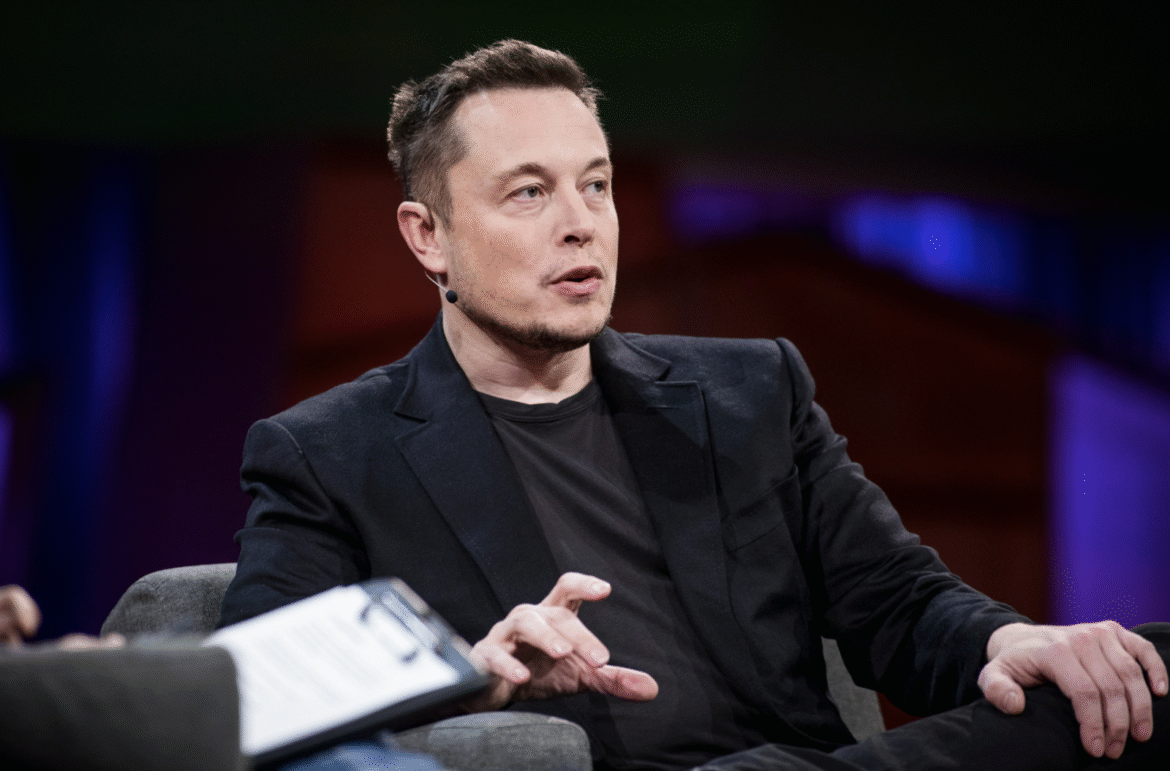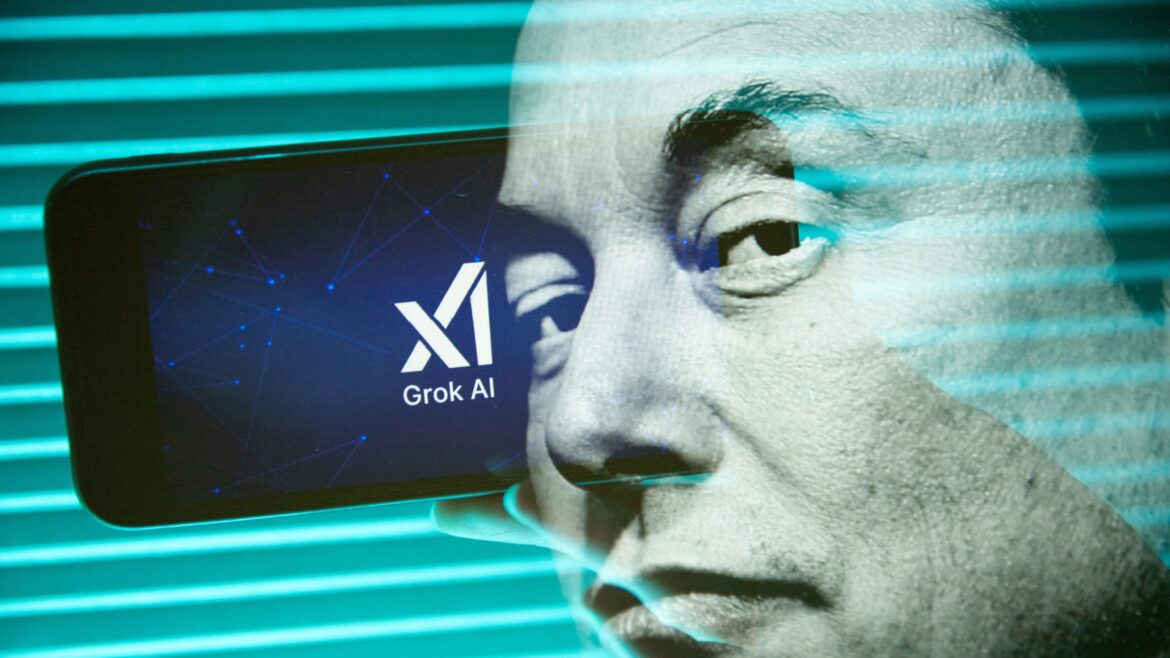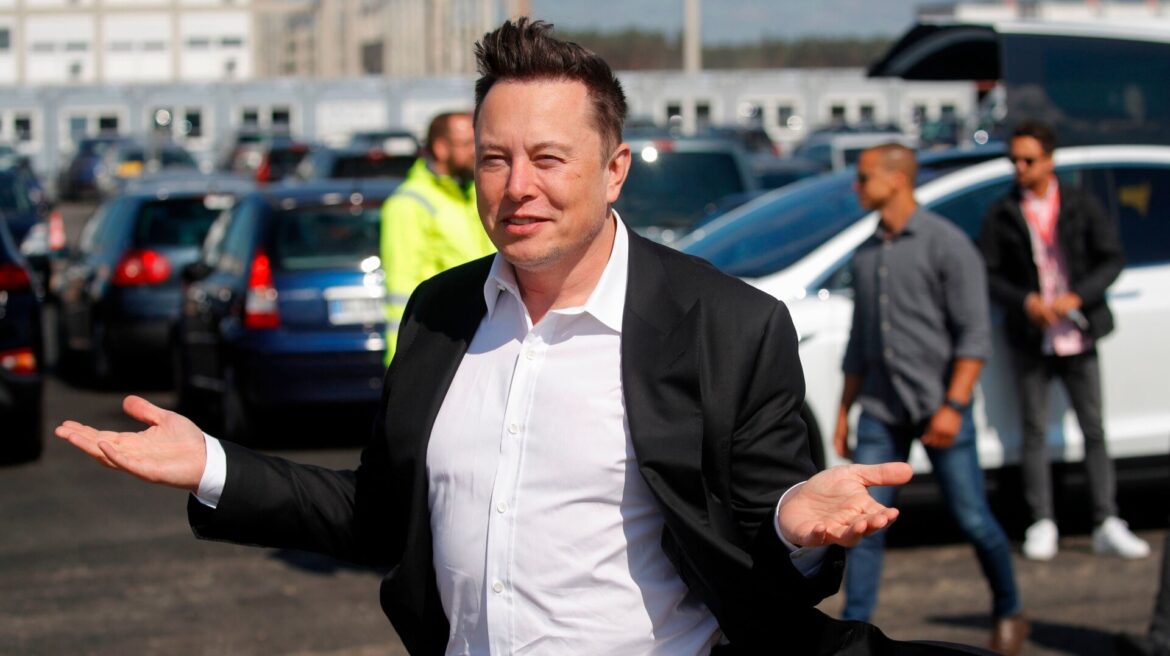With Dogecoin making a comeback late last year and early into 2025, some may be pondering: Where did the asset come from? What’s it for? And what’s Tesla CEO Elon Musk got to do with it?
The original meme coin’s boom largely has the world’s richest man to thank. Musk’s obsession with shitposting helped boost the coin to a top 10 cryptocurrency.
It’s been a wacky ride over the past few years, culminating in Musk’s appointment to lead a government agency called DOGE—yes, really. But we’ll explain it all.
2018: What the DOGE?
Dogecoin is the biggest and oldest meme coin and the second-biggest proof-of-work cryptocurrency. It was created in 2013 as a joke by developers Billy Markus and Jackson Palmer.
The idea was to poke fun at the huge number of altcoins and crypto projects entering the market following Bitcoin’s rapid ascent, and the coin enjoyed relative obscurity and a low price during its early years.
But then along came Musk. The eccentric billionaire asked Palmer in a 2018 tweet to help with the Twitter bot problem. Scammers had created a number of fake high-profile accounts, including Musk’s, in order to push crypto cons. The scams typically posted fake Ethereum giveaways.
It was the first real interest Musk had shown in Dogecoin.
2019: The pump begins
Musk started to pump Dogecoin the next year. “Dogecoin might be my fav cryptocurrency,” he wrote in April 2019, in response to a screenshot of a poll from the official Dogecoin account asking who should be the cryptocurrency’s CEO. “It’s pretty cool.”
The post would be the first of many to cause the asset’s value to rocket upwards. Soon after Musk’s first tweet about Dogecoin, the market cap of the coin hit $400 million and crypto exchange Huobi listed it.
Musk being Musk, however, didn’t stop there: He branded himself Dogecoin’s CEO—briefly—on Twitter before continuing to fire out tweets asking if the coin is “really a valid form of currency” or posting memes associated with the original dog-coin.
2020/2021: Bull run arrives
Musk continued to pump Dogecoin’s price here and there with his tweets, but things really got started during the 2021 bull run. Major exchanges like Coinbase Pro listed Dogecoin and the asset developed a bigger cult following, not to mention growing mainstream awareness.
DOGE gained a market cap bigger than many companies in the S&P 500. And developers exclusively told Decrypt that they had secretly been working with Musk since 2019 to make the coin a valid payment method and a greener, cheaper alternative to Bitcoin.
But things got stranger when Musk called himself the “Dogefather” ahead of a “Saturday Night Live” skit about the cryptocurrency—again sending the asset’s price roaring upwards. DOGE would jump to its all-time high price of about $0.73 at this time.
Musk’s “SNL” appearance ended up being underwhelming for Doge fans, with the SpaceX boss and his mother’s allusions to the coin ultimately pushing its price down. Still, it continued to bring the strange world of meme coins to the mainstream.
Later that year, Musk announced that his rocket company, SpaceX, would launch a satellite to the moon—completely funded by the cryptocurrency.
2022: Tesla/Twitter mania
The Doge mania continued into 2022 when Musk’s car company started accepting Dogecoin for merchandise.
Dogecoin continued to experience price bumps when Musk bought Twitter and rebranded it to X, hinting that it would also become a payments platform that might, eventually, integrate the O.G. meme coin.
Things came back to bite Musk later that year, though, when an American man hit the billionaire and Tesla and SpaceX with a $258 billion lawsuit for allegedly pumping Dogecoin—an asset with “no value at all,” according to the original filing.
But Musk and his lawyers scored a win in 2024 when a judge sided with them and dismissed the lawsuit, calling the tech entrepreneur’s tweets about Dogecoin “aspirational and puffery,” and noting that “no reasonable investor could rely upon them.”
2024-2025: Trump, Musk, and DOGE
Dogecoin had a relatively quiet 2023, but the meme coin has soared over the last year following Musk’s support of Republican Donald Trump’s campaign for the White House.
That’s mostly because Trump said that Musk would lead a government efficiency commission ahead of being voted back into the seat of power; Musk claimed that it would be called the Department of Government Efficiency—an acronym that matches Dogecoin’s ticker.
Whenever Musk mentioned his future political role with the so-called DOGE ahead of the election, the price of Dogecoin jumped.
But before Trump’s election win, Musk revealed what he has probably thought all along: that he isn’t seriously interested or involved in Bitcoin, Dogecoin, or any cryptocurrency. He just likes the meme coin.
“I’m actually not actively involved in crypto,” he said at a rally. “I make Dogecoin jokes and stuff because I just kind of like Dogecoin—because it’s got the best sense of humor and it has dogs and memes, and I love all those things.”
Still, the price of Dogecoin boomed higher, hitting a three-year high price of $0.48—though it’s fallen substantially since, as of this writing. Musk has recently praised Dogecoin’s rate of inflation and tweeted out a familiar meme image of a dust cloud with the Doge face engulfing a city.
And President-elect Trump made it official that Musk would lead the administration’s new department, though planned co-lead Vivek Ramaswamy bailed in January due to other political ambitions.
Trump even sold t-shirts showing himself and Musk alongside Doge-esque artwork. And the official DOGE website briefly featured the familiar DOGE meme imagery, boosting Dogecoin’s price in the process.
With Trump back in office, Musk’s DOGE started aggressively interrogating U.S. government spending, grabbing headlines as it accesses potentially sensitive citizen data while upending professional norms in the process.
But Musk departed the government role in May, and a public rift has formed between the two men. Musk made some shocking claims about Trump, and the president has in return said that DOGE should scrutinize Musk’s companies—and that he’d look into having Musk deported.
The public battle hasn’t done any favors for Dogecoin’s price, though it has briefly boosted meme coins inspired by the conflict.
Now Elon Musk is back to focusing on his companies, with recent moves reigniting speculation over whether X might integrate Dogecoin or other cryptocurrencies for payments.
And Musk has picked up another connection to Dogecoin of late, albeit unofficially.
Musk’s lawyer, Alex Spiro—who helped defend him in the $258 billion class action DOGE suit dismissed last year—is now chairman of CleanCore Solutions, a publicly traded firm billed as an “official” Dogecoin treasury company. That’s due to backing from House of Doge, the commercialization arm of the Dogecoin Foundation, which supports development around the coin.
Editor’s note: This story was originally published on November 13, 2024. It was last updated with new details on September 28, 2025.
Daily Debrief Newsletter
Start every day with the top news stories right now, plus original features, a podcast, videos and more.



